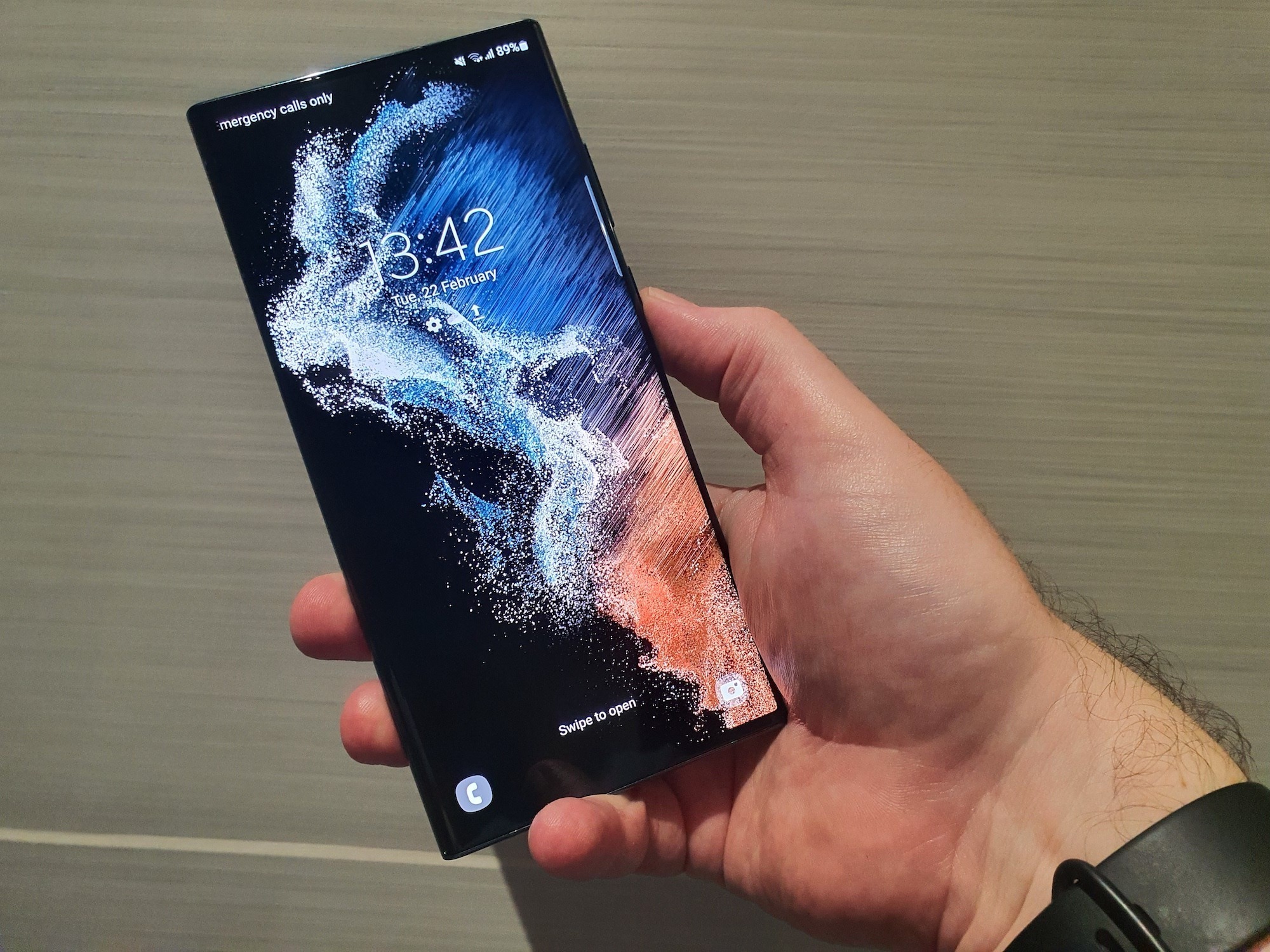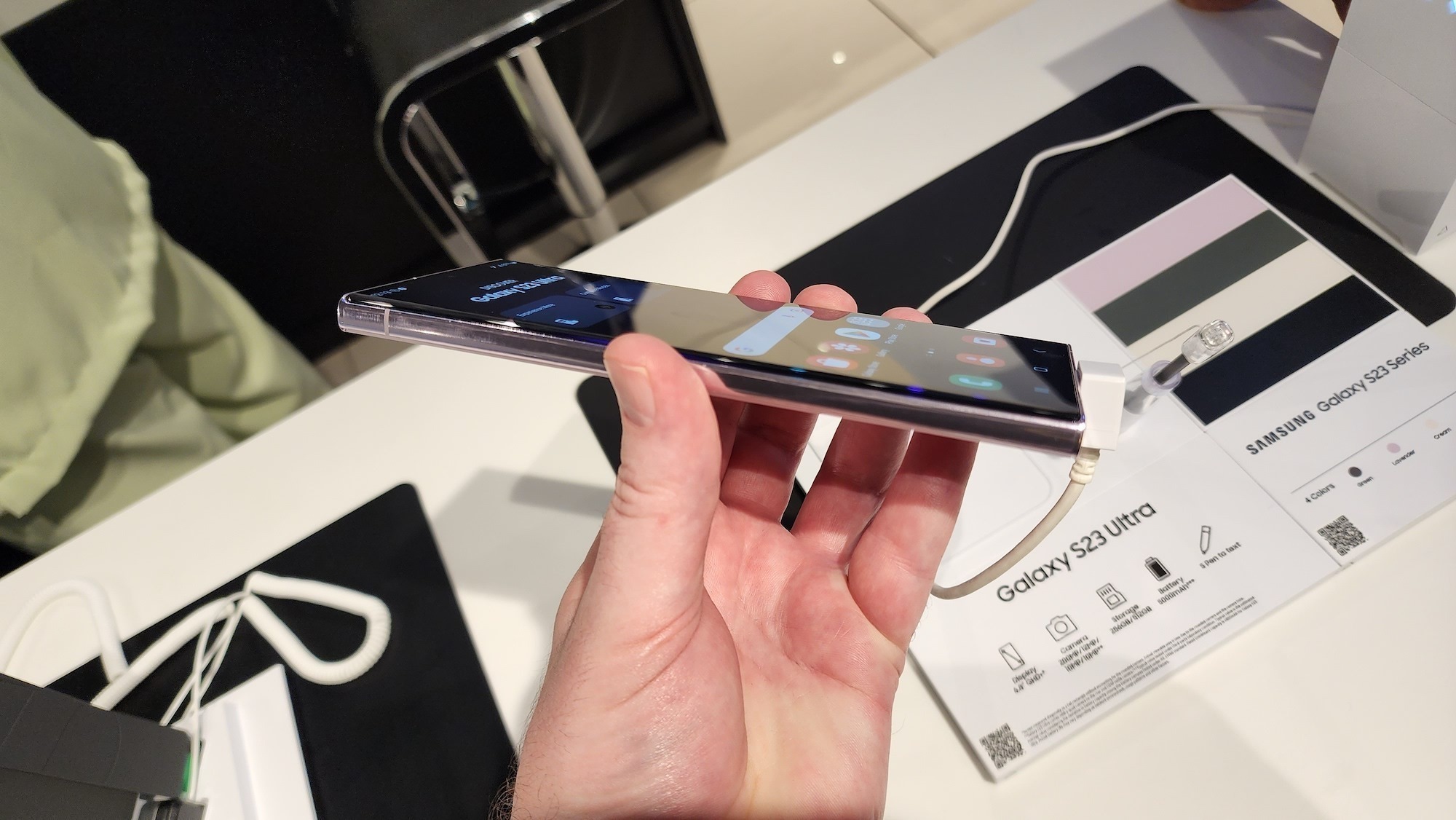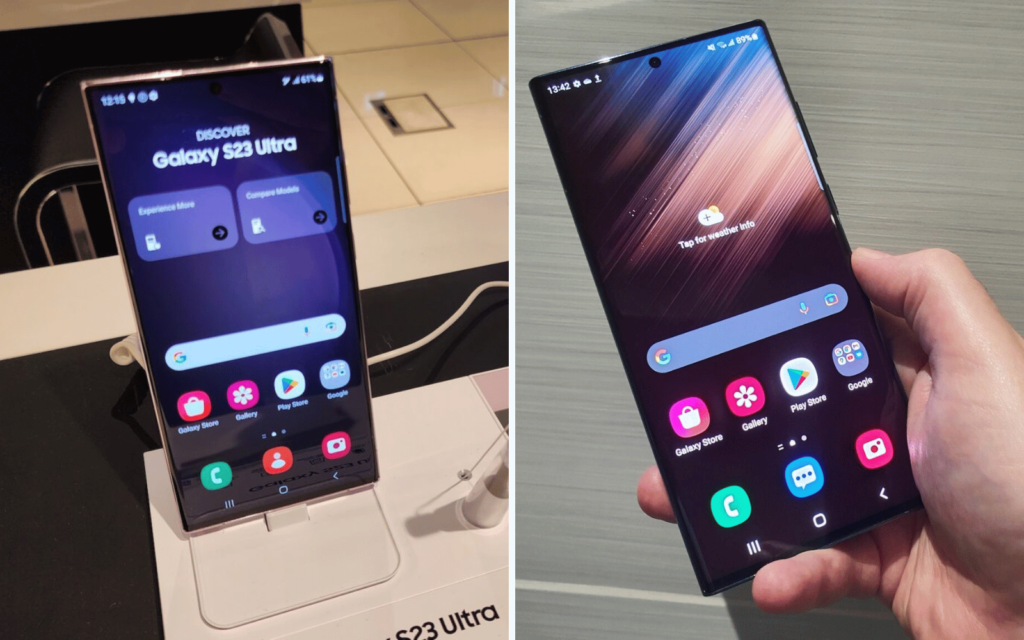Samsung’s new Galaxy S23 Ultra is almost here, which means that you’ve got a choice to make sometime soon. Do you upgrade from the Galaxy S22 Ultra (or the S20 or S21 counterparts)? Do you hang on for the S24 Ultra? When the phone starts at R31,000 in South Africa, that’s not just a whimsical decision. You should probably consult a financial adviser too.
We’re here to assist with the choice part. Assuming your bank account can handle it, or you’re okay with chowing six months’ worth of Indomie noodles instead of real food, you have to ask yourself whether the device itself is worth it. The answer may be surprising. Or maybe it won’t.
Being up front about it

Samsung has, ever since the Galaxy S8 launched, been more or less unstoppable with regard to smartphone displays. The company’s Super AMOLED screens are always an experience to behold. A little too enthusiastic to be really true-to-life, sure, but they’re fantastic to look at. And that’s the problem.
If you’ve got a Galaxy S22 Ultra in your pocket, you know exactly what to expect from the Galaxy S23 Ultra. The panels, as far as we can see, are identical. That’s no terrible thing, obviously. Samsung’s 6.8in 120Hz Super AMOLED supports HDR10+ and has a peak brightness of 1,750 nits. It’s packing a 1,440 x 3,088 resolution. But it does this for both phone generations.
The only difference? Samsung’s swapped out Gorilla Glass Victus+ for Victus 2 in the S23 Ultra. If visual fidelity is your main consideration, you don’t need Samsung’s latest and greatest.
Winner: Samsung Galaxy S22 Ultra
A test of batteries

The other major smartphone avenue is battery capacity. If you’re ordering a flagship from any manufacturer (besides Apple), you can expect at least a 5,000mAh battery to go with your device. It makes sense. There’s a lot of hardware there and it’s got to last all day. But, again, as far as we can see, Samsung’s opted to leave its battery identical to the previous generation phone.
Stuff is still awaiting some proper hands-on time with the Galaxy S23 Ultra (five minutes doesn’t count) but we’re expecting battery performance to remain the same or get a little worse this year. Barring some serious optimisation (and Samsung’s opted for a faster custom processor for 2023 so the chances are slim), the 5,000mAh lithium-ion battery shouldn’t outperform a brand-new S22 Ultra.
Both devices are capable of 45W wired and 15W wireless charging. Both are capable of 4.5W reverse wireless charging. Both support PowerDelivery 3.0 and the Qi wireless standard. But the Galaxy S23 Ultra’s components are almost certainly a little bit thirstier.
Winner: Galaxy S22 Ultra
In search of your custom
There is one category where the Galaxy S23 Ultra is clearly superior. In fact, it might prove superior to every other Android device in its price bracket this year. Qualcomm’s providing the chipset (again) for Samsung’s 2023 headliner but there’s a little extra sauce involved this year.
Yes, the jump from the Snapdragon 8 Gen 1 to the 8 Gen 2 was always going to bring performance improvements. But everyone else is getting those too. But Samsung’s struck a bargain with the chipmaker to make its chips just a little bit faster. How that translates to real-world performance remains to be seen. But on paper, Samsung’s got the fastest Android of the year. Barring anything especially weird happening. We remember the Note 7 all too well.
And then there’s storage. The S23 Ultra has disposed of its 128GB model, leaving 256GB/8GB, 256GB/12GB, 512GB/12GB, and 1TB/12GB models for this year. The S22 Ultra only used 8GB of RAM in its 128GB device, meaning that anything from 256GB upwards was guaranteed 12GB of RAM. Flip a coin here, perhaps?
Winner: Tie
The picture of good health?
The camera, though? That’s been improved, right? Yeah… kinda. Samsung’s betting big on its shiny new 200MP main camera sensor for 2023. We’ve played with it, briefly, and it does seem to be an impressive bit of tech. The 24mm f/1.7 200MP sensor should result in more detailed images but there’s little else new going on in the camera department.
By this, we mean that last year’s backup cameras — the two 10MP lenses and single 12MP sensor — are all identical to this year’s phone. They might perform a little better since they’ve got the benefit of twelve months of software tweaking, but the Galaxy S22 Ultra has those software upgrades now as well. It’s not much of a contest when you look past the main sensor.
Additionally? The 40MP sensor from the S22 Ultra has been retired in favour of a 12MP effort up front this year. Which is… fine. You really don’t need a 40-megapixel selfie camera. But if you liked the idea of it, put it out of your mind for this year.
Winner: Galaxy S23 Ultra
Galaxy S23 Ultra vs. S22 Ultra – initial verdict
Honestly, there’s not much difference between Samsung’s current and previous generation Ultra handsets. That might be why there’s not much difference in the official price either. Officially, the Galaxy S22 Ultra will cost you R30,000 while the S23 Ultra costs R31,000. Online you’ll find the S22 Ultra for as low as R22,500, though a price of R25,000 is more likely. Since there’s not much to set these two apart, besides a slightly speedier processor and an even more ginormous main camera sensor, opting for the phone that’s at least R6,000 cheaper makes sense.
But it’s a slightly different competition if you’re coming from most other phones. Unless you’re on a budget, upgrading from something other than the S22 Ultra means you should be looking at Samsung’s 2023 headliner first. Why? Well, because it’s the most powerful, capable smartphone the company has ever released. You know, just like the S22 Ultra was last year.
